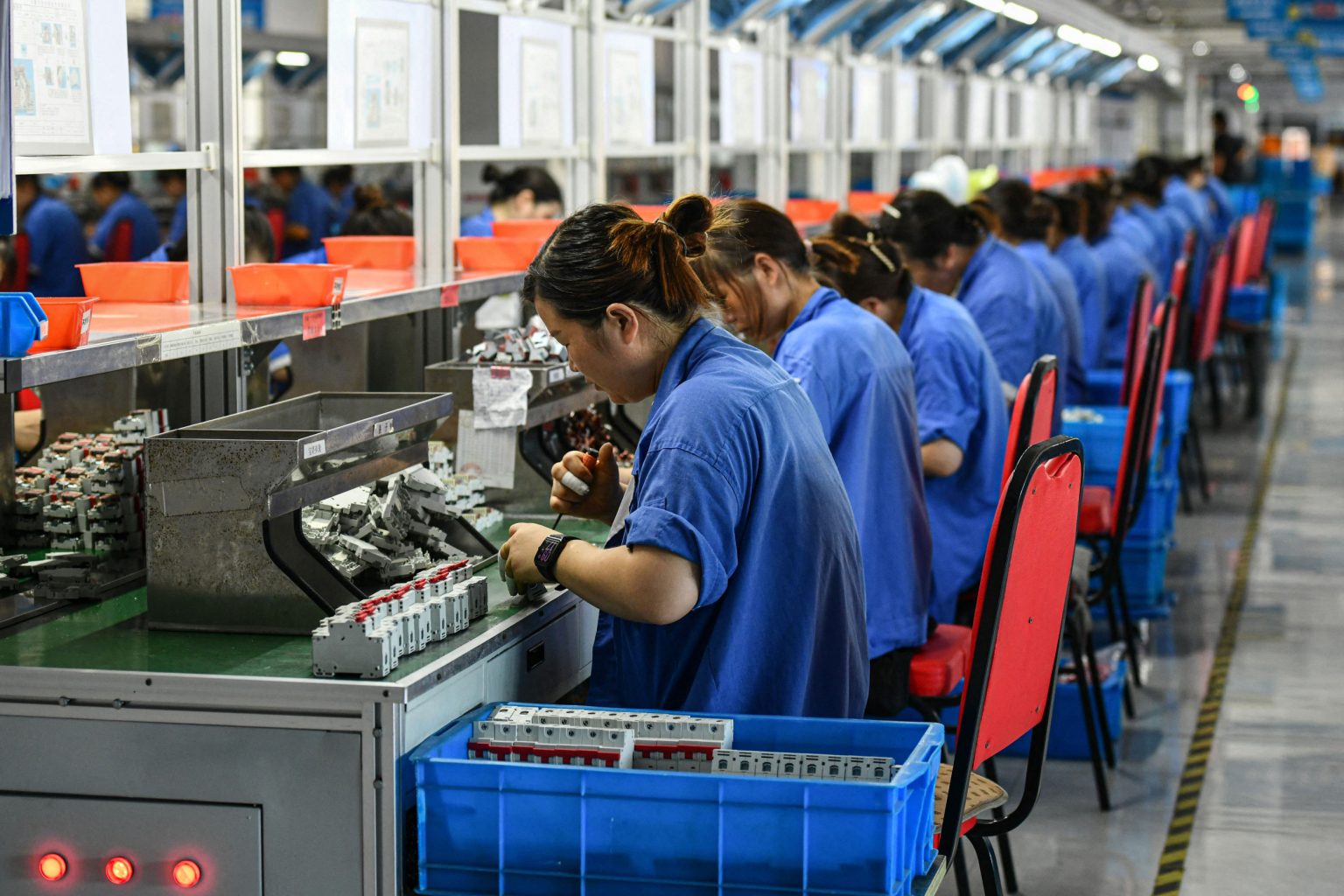The Chinese economy is facing challenges as indicated by the official Purchasing Managers’ Index (PMI) for September, which showed contraction for the fifth consecutive month. The headline PMI came in at 49.8, with a reading below 50 signaling contraction. Despite this, there was a slight improvement from August’s reading of 49.1. The PMI composite index is a key indicator of economic activity in the manufacturing sector, calculated from five weighted sub-indices based on industry purchasing managers’ responses in monthly surveys.
Among the sub-indices, production was the only area that showed clear growth, with output reaching 51.2 in September. However, new orders remained in contraction territory at 49.9, indicating sluggish demand. Supplier delivery times saw a slight dip, potentially signaling either faster deliveries or softening demand. Inventories of finished goods also decreased, suggesting businesses are struggling to keep up with demand or are intentionally keeping inventories lean. The employment sub-index remained weak at 48.2, indicating ongoing challenges in the labor market within the sector.
In addition to the PMI data, the non-manufacturing sector, which includes services and construction, registered a PMI of 50.0 in September, a slight decline from the previous month. While the manufacturing sector is still below the critical 50-point threshold, analysts noted that the September PMI reading was the highest since April. NBS statistician Zhao Qinghe mentioned that the latest data reflects some improvement in overall economic conditions and a pick-up in business production.
Despite the economic challenges, Chinese policymakers have introduced various initiatives earlier in the year aimed at boosting domestic demand. This has included trade-in programs for consumers to upgrade electronics and home appliances, as well as issuing long-dated bonds to support local governments and drive growth through infrastructure projects. In an effort to further stimulate the economy, China’s top financial regulators and the central bank recently unveiled a stimulus package, including cuts to the reserve requirement ratio (RRR) for banks to free up more capital for loans to businesses and consumers.
The stimulus package also included directives for lenders to reduce mortgage rates for existing home loans by the end of October in an attempt to ease financial burdens on homeowners amid the country’s prolonged real estate crisis. These measures represent the most ambitious stimulus package introduced by China since the pandemic began. Despite the challenges highlighted by the PMI data, policymakers are taking proactive steps to support economic growth and address issues in various sectors of the economy.


